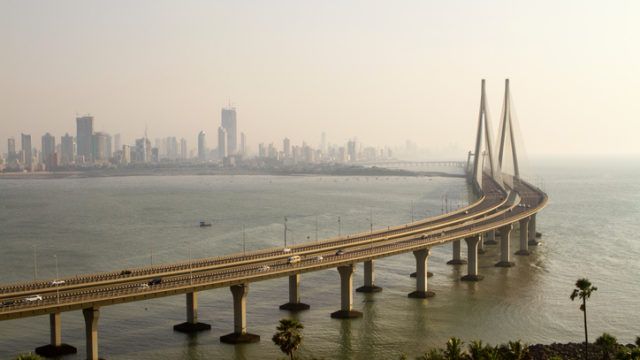“India is going to go through what China has been going through over the last 20 years — a massive infrastructure buildup,” said Hong Kong-based Crabb, manager of the Old Mutual Asian Equity Income Fund.
While in general the valuations of Indian equities are high, the infrastructure sector has not participated in the rally. Companies in the cement, steel or pipeline industries “have done very badly for a long period of time, because they haven’t built anything,” Crabb said. “That’s starting to change.”
He added that he expected India’s prime minister Narendra Modi to prioritise infrastructure development ahead of parliamentary elections in 2019.
Turning to China, Crabb said investors should pay attention to the government’s efforts to curb environmental pollution and seek companies that stand to benefit from environmental policies. He echoed the views of Francois Perrin, portfolio manager at East Capital, whose China Environmental Fund is based on this premise.
Policy in China usually follows the pattern of “two steps forward, one step back”, Crabb noted. But he thinks environmental pollution is different. Attitudes toward health and environment change as societies grow richer. A growing middle class starts to demand improvement in the quality of life and China’s government is bound to respond to these demands. “[Healthcare and environment] will create a huge amount of investment opportunities,” Crabb said.
Pricey tech heavyweights
While the technology sector remains attractive, investors should stay away from overcrowded trades. “The market globally, and in particular in Asia, has gotten very narrow around a couple of very large internet-based companies,” Crabb said.
These large cap companies, such as Tencent, are widely-held and have become very expensive. Their valuations are almost at the level of the 2000 tech bubble, Crabb noted. “We don’t see a collapse in these stocks, but we just don’t see an upside,” he said.
“If you’re lucky to have made some money, take some profits and reinvest,” Crabb advised. According to him, the best area of the technology sector to invest in today is artificial intelligence (AI) and the “internet of things” (IOT).
“The growth in the AI and IOT companies is going to be enormous,” he said. But for the biggest gains, investors should not look at the already highly-valued industry heavyweights such as Alphabet (the parent of Google) or Amazon.
The companies that stand to grow most are “many tiny companies dedicated just to the AI/IOT space”, Crabb said. In particular, companies building hardware for the estimated 275 billion internet-connected devices that will fill households, offices, shops and factories globally by 2020. “This is the place to be invested in, to avoid being caught in the bubble part of the market,” Crabb said.
Crabb’s overall positive economic outlook for Asia is supported by the region’s low valuations, 1.7 price-to-book ratio, compared to 3.2 in the US. According to OMGI’s historical analysis he presented, there is around a 70% chance of making money by investing at such valuations and only 30% chance of losing.
The valuations are bound to go up as investors look for inexpensive opportunities, which will take a couple of years, Crabb estimated.
“When all assets are expensive and everyone is optimistic, then we’ll have a crash, not now,” he said.
Three-year performance of the Old Mutual Pacific Equity Fund and the Old Mutual Asian Equity Income Fund vs category average and their benchmark, the MSCI AC Asia Pacific ex Japan Index


















